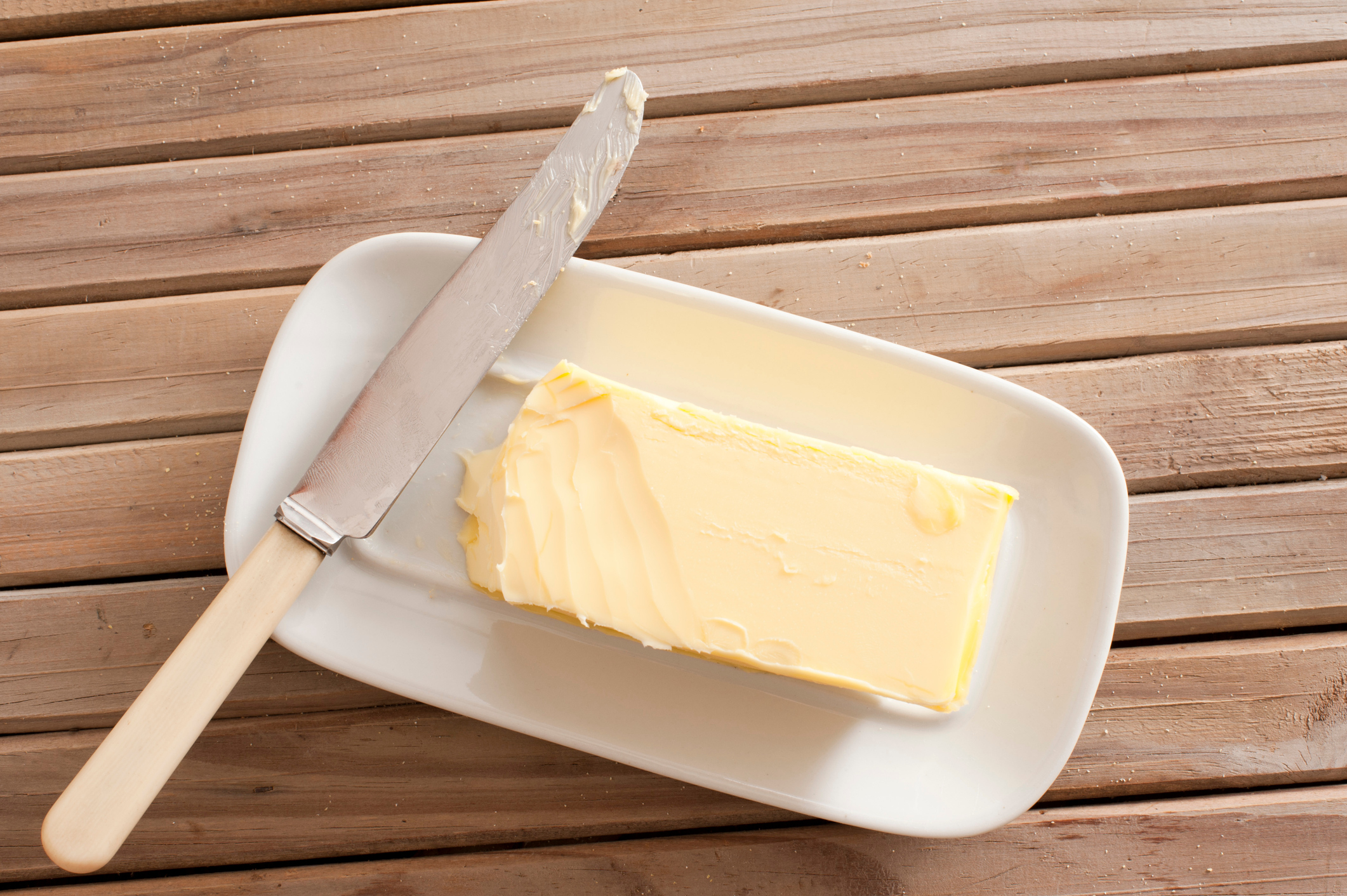
As the holiday baking season approaches, the U.S. Department of Agriculture (USDA) and some suppliers are warning that stocks are lower than normal—prompting concerns about a possible butter shortage.
The amount of butter in cold storage is the lowest in at least four years, and 18% lower than last year.
And prices are rising fast, too. Overall food prices are up more than 11% in September over a year ago, but the cost of butter is rising far faster, up 26.6% year-over-year.
However, industry groups say there’s enough cream to go around, and butter churners have increased capacity to meet the demand—ensuring that there will be enough for everybody’s holiday cookies and pies.
“I think it’s unlikely [we’ll have a butter shortage] and certainly, we’ve been down this road before where we’ve had tight supplies of a variety of products in the dairy category,” said Matt Herrick, Senior Vice President and spokesperson at the International Dairy Foods Association, a group representing the nation’s dairy manufacturing and marketing industry. “This is not unusual.”
But there’s one thing that could make butter hard to find—and it’s something consumers have in their power to stop. Herrick warns consumers to not hoard butter in anticipation of a butter shortage, lest it become a “self-fulfilling prophecy,” similar to the toilet paper shortage at the beginning of the pandemic.
What’s causing the possible butter shortage?
Concerns over butter supplies are tied to milk production setbacks earlier this year. The American dairy industry is notorious for its oversupply of milk. This year, however, milk production through June was slightly lower than the year prior, according to USDA data. Herrick says that the war in Ukraine’s effect on energy costs and supply chain issues, in addition to higher cow feed and labor costs, have put greater pressure on the dairy industry.
Typically, the oversupply of milk goes towards churning butter. But since milk production was lower than normal during the early months of the year, there was less milk available to make butter.
However, the USDA says butter production is increasing going into the holidays, and farmers are working to catch up, too. Milk production in September rose to 17.5 billion pounds, up 1.6% from a year earlier. And the availability of cream, which is used to make butter, is increasing across the country as butter makers are working diligently to keep up with demand and prepare for the winter.
“The media is reporting that there’s a butter shortage,” says Herrick. But in reality, stocks are just tight. “When folks go to the grocery store, we’re not seeing that they don’t have butter,” he says. “We’re seeing that the prices are up.”
And while butter prices have skyrocketed this year, they are expected to fall in the coming months, says Peter Vitaliano, chief economist for the National Milk Producers Federation, an industry group that represents dairy farmers and their cooperatives. CME group cash settlement prices, which are the expected market value of a commodity, shows that the cost of butter is predicted to decrease to 299 and again to 260 by December. “A price decline of that magnitude indicates that the supply and demand are going to be coming more closely back into balance even in the next month or so,” he says.
What should you expect?
Despite higher-than-usual demand and tight supply for butter, experts tell TIME that they expect butter to remain in stock at stores through the holidays. That is, unless people start panic-buying.
Unfortunately, prices are going to remain higher for the next several weeks. “Whatever [the] shortage situation is going to be, we’re pretty much at the peak of it now,” Vitaliano says. “It’s going to be easing as we go through the end of this year and into the new year.”
More Must-Reads From TIME
- The 100 Most Influential People of 2024
- The Revolution of Yulia Navalnaya
- 6 Compliments That Land Every Time
- Stop Looking for Your Forever Home
- If You're Dating Right Now , You're Brave: Column
- The AI That Could Heal a Divided Internet
- Fallout Is a Brilliant Model for the Future of Video Game Adaptations
- Want Weekly Recs on What to Watch, Read, and More? Sign Up for Worth Your Time
Contact us at letters@time.com